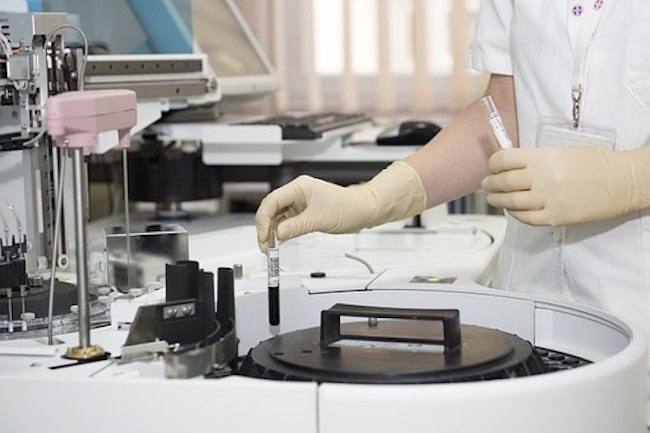Embryo frozen for 27 years, now born, illustrates ethical challenges By David McLoone for Life Site News
Frozen embryo adoption is problematic not only because of in-vitro fertilization to create the child, but also because of surrogacy to give birth.
In a case that presents significant ethical challenges, an embryo conceived through in-vitro fertilization 27 years ago, and subsequently frozen, was successfully implanted in her birth mother’s womb and born earlier this year.
Baby Molly Gibson was born in late October of this year, but was conceived and frozen in October 1992, making her almost three decades old at the time of her birth.
Support Our Site

Now is your chance to support Gospel News Network.
We love helping others and believe that’s one of the reasons we are chosen as Ambassadors of the Kingdom, to serve God’s children. We look to the Greatest Commandment as our Powering force.
This makes the one-month-old baby almost the same age as her new parents.
The Gibson family adopted their children as frozen embryos through the National Embryo Donation Center (NEDC), a self-styled Christian organization operating out of Knoxville, Tennessee. The center says that IVF is the answer to “prayers” from families struggling to conceive and that their business offers a solution to the resultant “surplus of frozen human embryos.”
This “surplus” is no small number either, with the center positing it is “estimated at roughly 1,000,000 [embryos] in the United States.”
According to the NEDC, “Many biological parents store their frozen embryos for future use. But when those parents have completed their families, they must decide what to do with their remaining embryos. Donating them to another infertile couple is an increasingly popular option.”
Carol Sommerfelt, embryology lab director at the NEDC, told CNN that only about 75% of babies created through IVF and subsequently frozen survive the thawing process, meaning that around 25% do not; and of the 75% that do make it to implantation, only around 25-30% successfully implant in the mother’s womb.
Dr. Jason Barritt of the Southern California Reproductive Center explained that patients have a few options when considering what to do with their unwanted embryos, including “simply leaving them cryopreserved in liquid nitrogen storage tanks” for later implantation.




